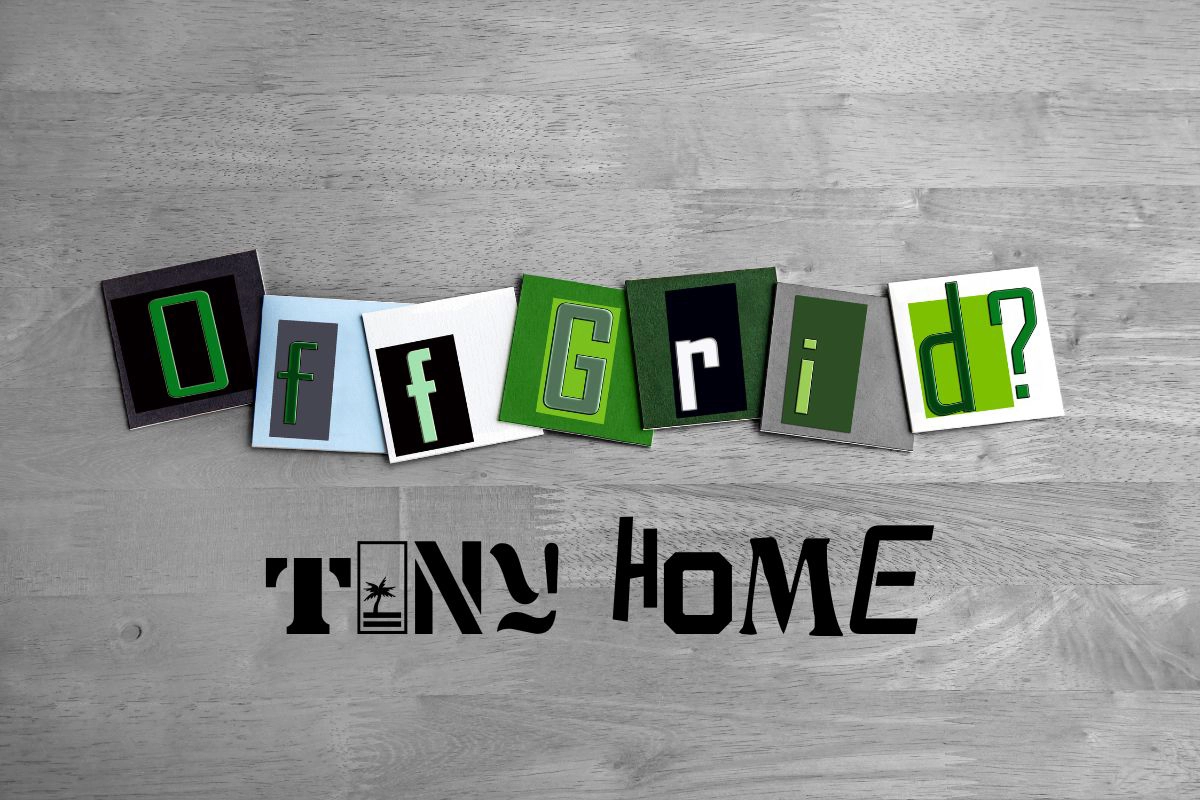Are you interested in tiny house off grid living? It’s a popular trend that offers a simpler, more sustainable lifestyle. But before you take the plunge, there are some important things to consider. This guide will cover everything from finding the right location to choosing the right appliances and systems for your tiny home.
Of course, you do not have to go off-grid to enjoy the tiny home lifestyle. However, living in a tiny house off the grid is a dream for many. This comprehensive guide covers everything you need to know to make it a reality.
The Ultimate Guide to Living in a Tiny House Off the Grid
Living off the grid in a tiny home is becoming increasingly popular as people seek a more sustainable and minimalist lifestyle. However, before embarking on this journey, it’s important to carefully consider all aspects of off-grid living. From selecting the perfect location to choosing the most efficient appliances and systems for your tiny home, this guide will provide you with all the information you need to make your off-grid tiny home dream a reality.
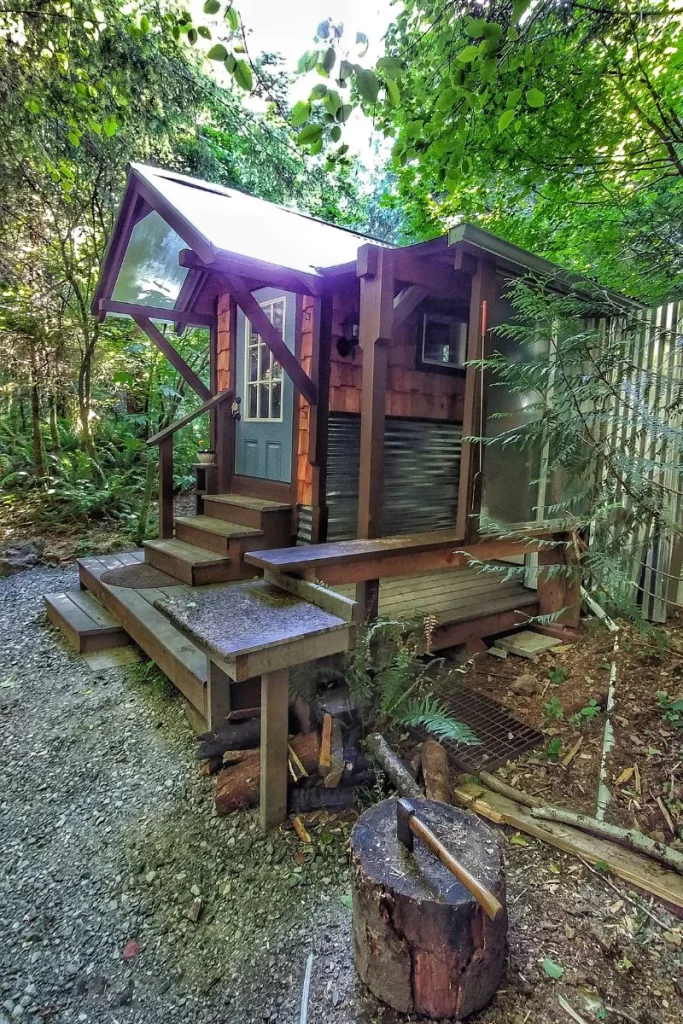
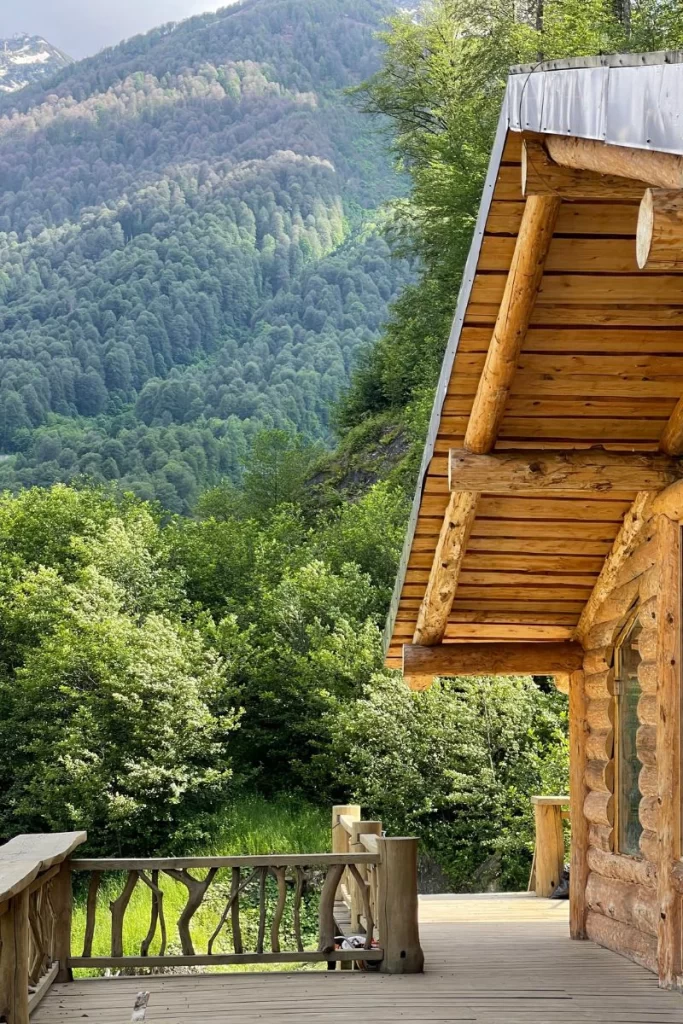
Choose the Right Location
When it comes to living off the grid in a tiny house, location is everything. You’ll want to find a spot that offers plenty of natural resources, like sunlight and water, as well as access to food and other necessities. Look for land that is zoned for residential use and has a clear title. You’ll also want to consider factors like climate, terrain, and proximity to services like hospitals and grocery stores. Do your research and visit potential locations before deciding. Consider any other legal considerations such as restrictions and zoning laws. In the US each state, county, and rural community can have its own set of restrictions which may vary depending on the location.
Design Your Tiny House for Off-Grid Living
When designing your tiny house for off-grid living, there are a few key factors to consider. First, you’ll want to maximize energy efficiency by using insulation, passive solar design, and energy-efficient appliances. You’ll also need to plan for water and waste management, including collecting rainwater and composting toilets. Finally, consider incorporating renewable energy sources like solar panels or wind turbines to power your home. With careful planning and design, you can create a comfortable and sustainable off-grid lifestyle in your tiny house. In addition, many tiny home builders offer off-grid options for those who want to live a more sustainable and self-sufficient lifestyle.
Appliances for Off-Grid Living
- Solar ovens are a great way to cook food without using any electricity. They can be used to bake, roast, or steam food, and they’re a great option for people who live in sunny climates.
- Propane stoves are another good option for off-grid cooking. They’re relatively inexpensive and easy to use, and they can be powered by propane tanks that are readily available.
- Portable refrigerators can be powered by solar panels, generators, or batteries. They’re a great way to keep your food fresh without having to rely on a traditional refrigerator.
- Portable washing machines are a great way to do laundry without using a lot of water or electricity. They’re typically small and lightweight, so they’re easy to transport.
These are just a few of the many off-grid small home appliances that are available. When choosing appliances for your off-grid home, it’s important to consider your needs and budget. You’ll also want to make sure that the appliances you choose are compatible with your power source.
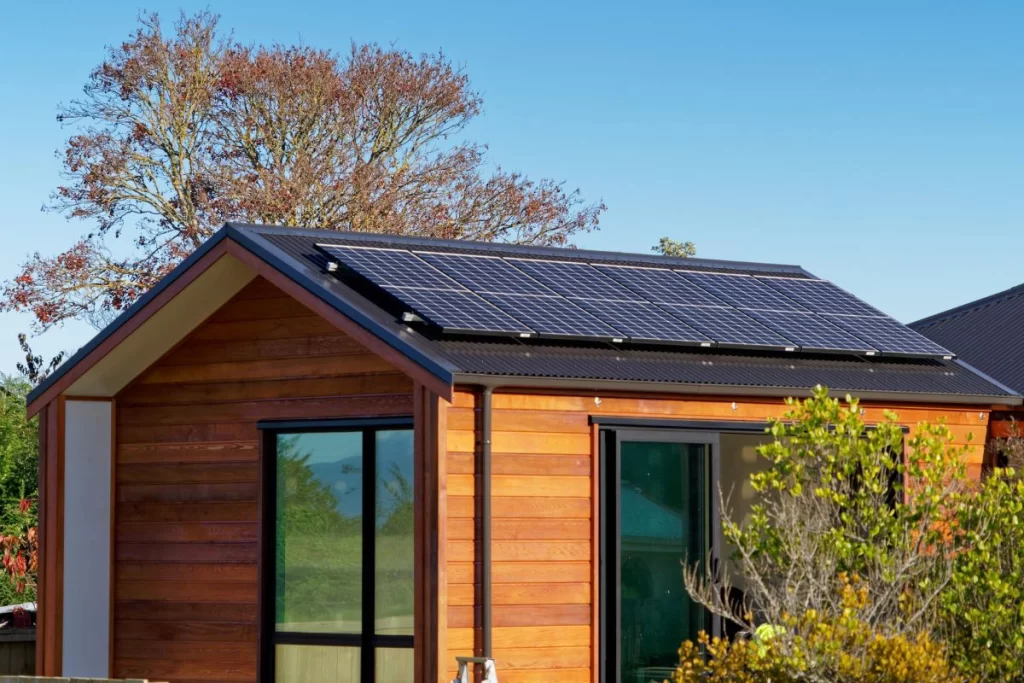
Install Solar Panels and Other Alternative Energy Sources
One of the most important aspects of living off the grid in a tiny house is having a reliable source of energy. Solar panels are a popular choice for tiny house owners, as they are easy to install and can provide enough energy to power your home. Other alternative energy sources to consider include wind turbines, hydroelectric power, and geothermal energy. By incorporating these renewable energy sources into your tiny house design, you can reduce your reliance on traditional power sources and live a more sustainable lifestyle. Solar shower systems are a great way to take a hot shower without using any electricity. They’re powered by the sun, so they’re a sustainable and environmentally friendly option.
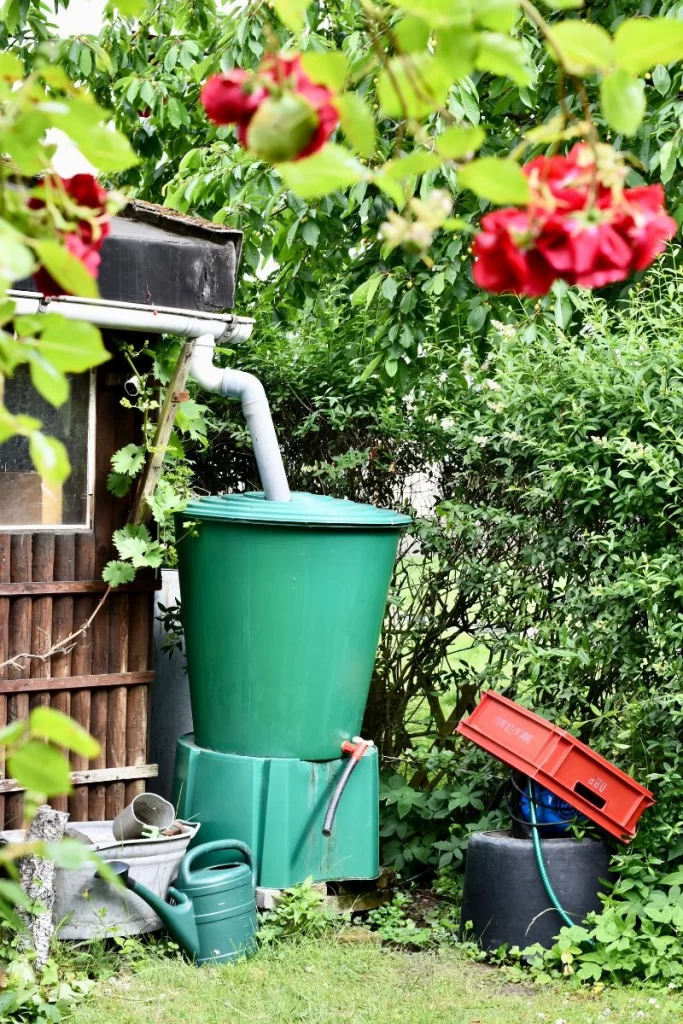
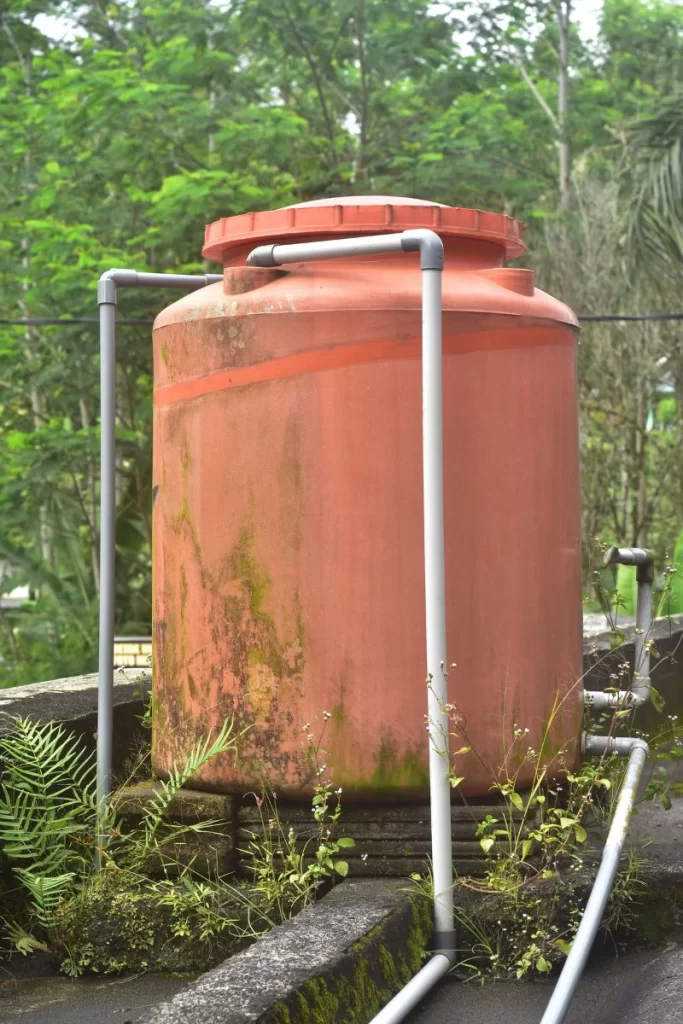
Collect and Store Water
Living off the grid in a tiny house means you won’t have access to a municipal water supply. Therefore, it’s important to have a reliable source of water and a way to store it. Collecting rainwater is a popular option for tiny house owners, as it’s a free and renewable source of water. You can install a rainwater collection system on your roof and store the water in a tank for later use. It’s also important to have a filtration system in place to ensure the water is safe for drinking and cooking.
Manage Waste and Composting
Living off the grid in a tiny house means you’ll need to manage your waste in a sustainable way. Composting is a great option for disposing of food scraps and other organic waste. You can create a compost pile or use a composting toilet to turn waste into nutrient-rich soil. It’s important to properly maintain your composting system to prevent odors and pests. Additionally, you’ll need to properly dispose of non-organic waste, such as plastics and metals, by recycling or taking them to a waste management facility.
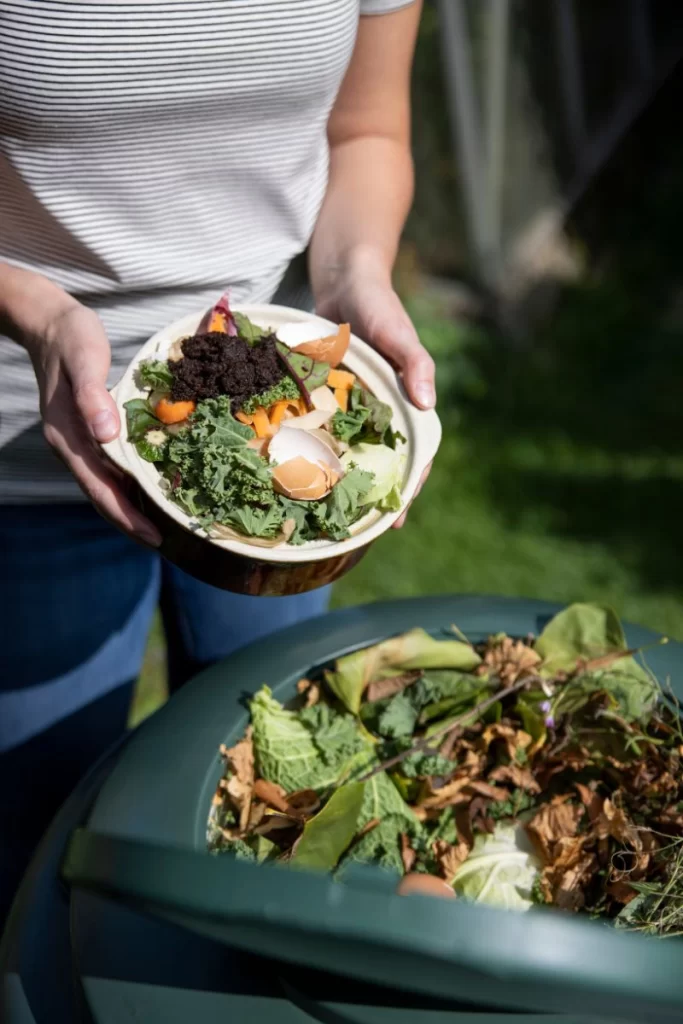
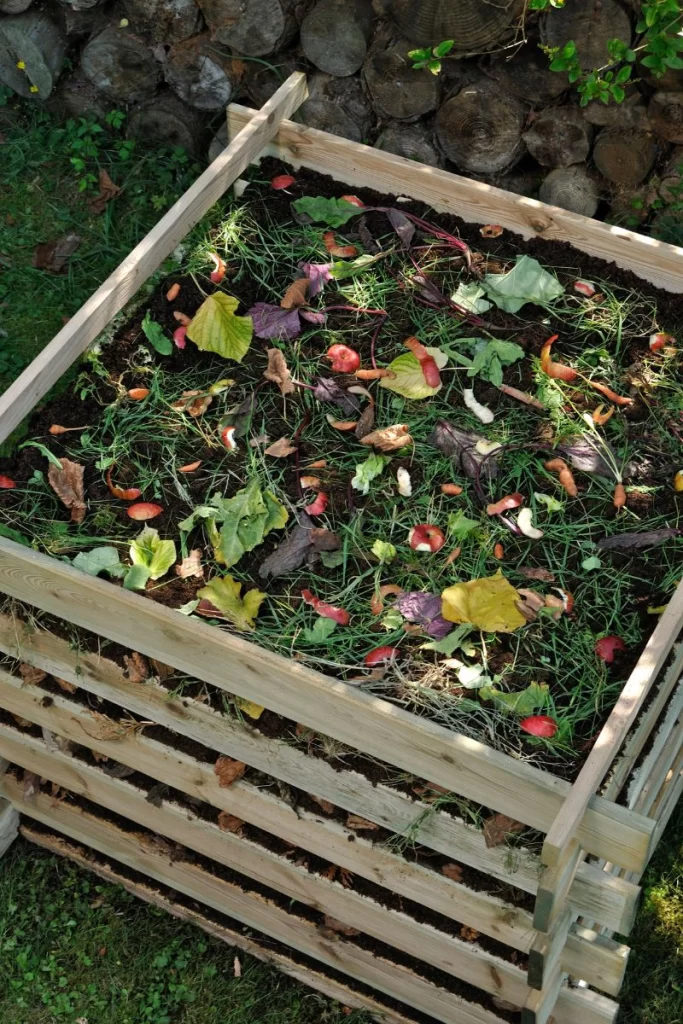
Manage Waste and Composting
Composting Toilets
For those living in tiny homes, RVs, or boats, composting toilets are a popular option. These toilets come in two designs: self-contained and central. Self-contained toilets have a composting system located beneath the bowl and must be emptied by hand. Central toilets, on the other hand, direct waste to a remote composter located elsewhere on the property. This type of toilet is ideal for small to tiny homes and can connect multiple toilets to one composter. Both designs offer an eco-friendly alternative to traditional flush toilets. For larger families, a second toilet option is an outdoor composting toilet in addition to your indoor one.
Composting toilets are a great way to dispose of human waste without using water or chemicals. They’re a natural and sustainable way to manage your waste, and they’re a great option for off-grid living.
Gardening for Sustainability
Here are some considerations for gardening off the grid for tiny house sustainability:
Choose the right location. The location of your garden is important for both sustainability and convenience. You’ll want to choose a spot that gets plenty of sunlight, but that’s also not too exposed to the elements. You’ll also want to consider the availability of water, as well as the type of soil.
Use water-efficient plants. If you’re limited on water, you’ll want to choose plants that are drought-tolerant. There are many varieties of vegetables and herbs that can thrive in dry conditions.
Mulch your garden. Mulch helps to retain moisture in the soil, which can help to reduce your water usage. It also helps to suppress weeds and improve the overall health of your plants.
Compost your food scraps. Composting is a great way to reduce your waste and improve the fertility of your soil. You can use compost to fertilize your plants, which can help them to grow healthier and more productive.
Use solar-powered irrigation. If you have access to sunlight, you can use solar-powered irrigation to water your garden. This is a great way to save water and energy.
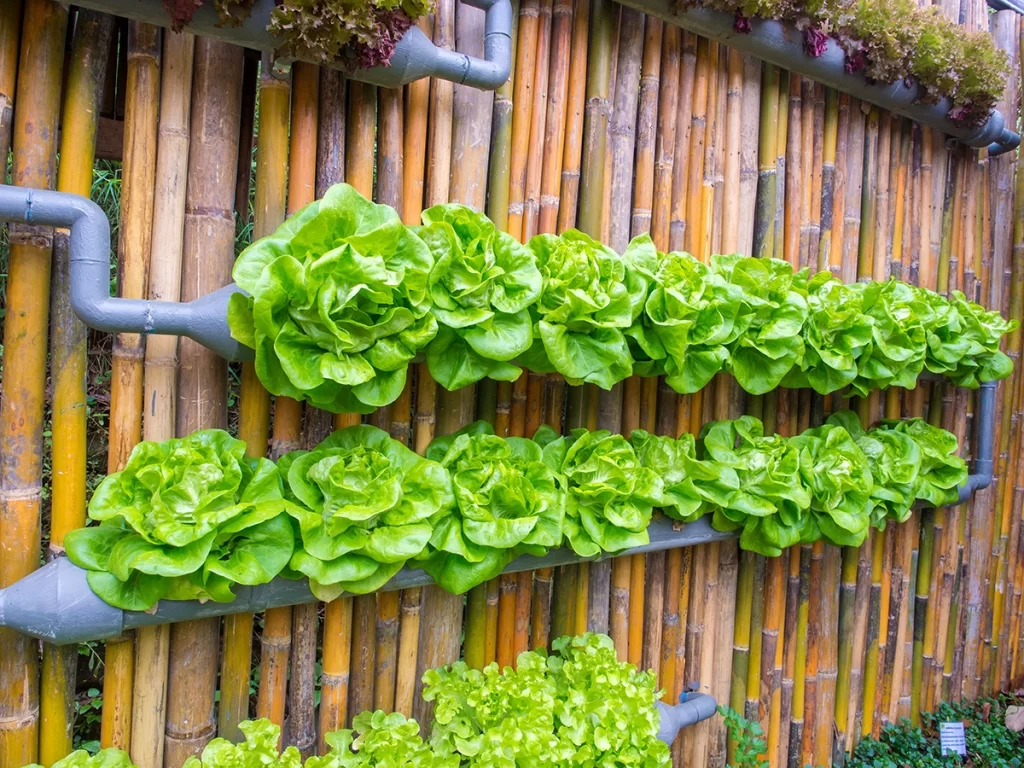
Grow vertically. If you have limited space, you can grow your plants vertically. This can be done by using trellises, towers, or even old pallets. Vertical gardening is a great way to maximize your space and grow more food.
By following these considerations, you can create a sustainable and productive garden that will help you to live off the grid in a tiny house.
Here are some additional tips for gardening off the grid for tiny house sustainability:
- Choose native plants. Native plants are adapted to the local climate and conditions, so they’re more likely to thrive without a lot of care.
- Plant in succession. This means planting different crops at different times of the year so that you’re always harvesting something. This can help you to maximize your yields and reduce your food waste.
- Attract pollinators. Pollinators are essential for plant reproduction, so it’s important to attract them to your garden. You can do this by planting flowers that attract bees, butterflies, and other pollinators.
- Learn about companion planting. Companion planting is the practice of planting certain plants together that benefit each other. This can help to improve the health and productivity of your garden.
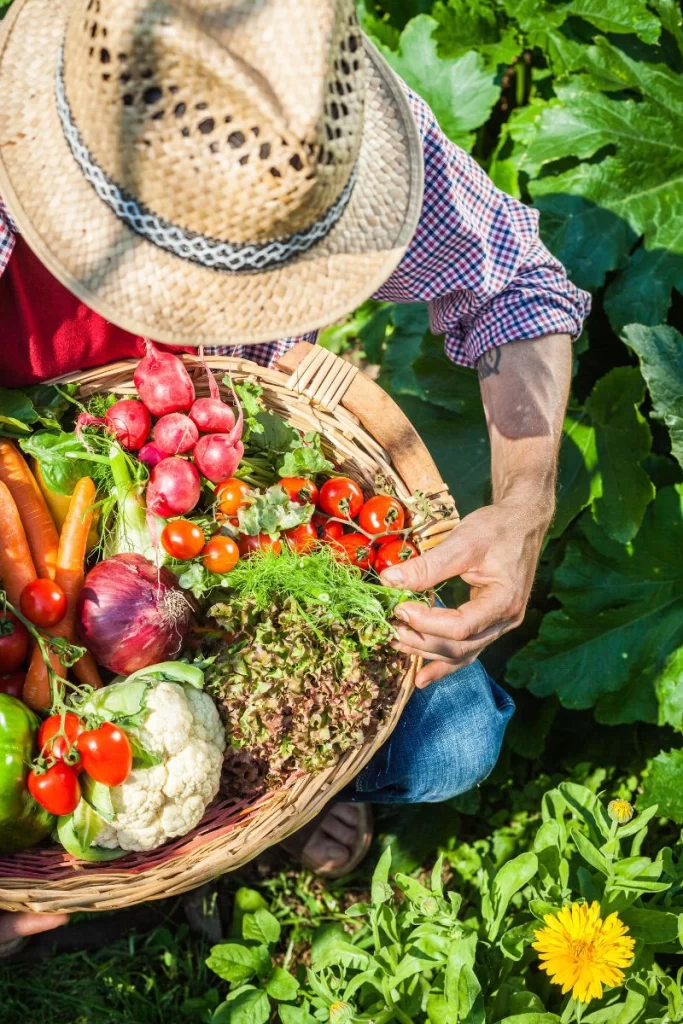
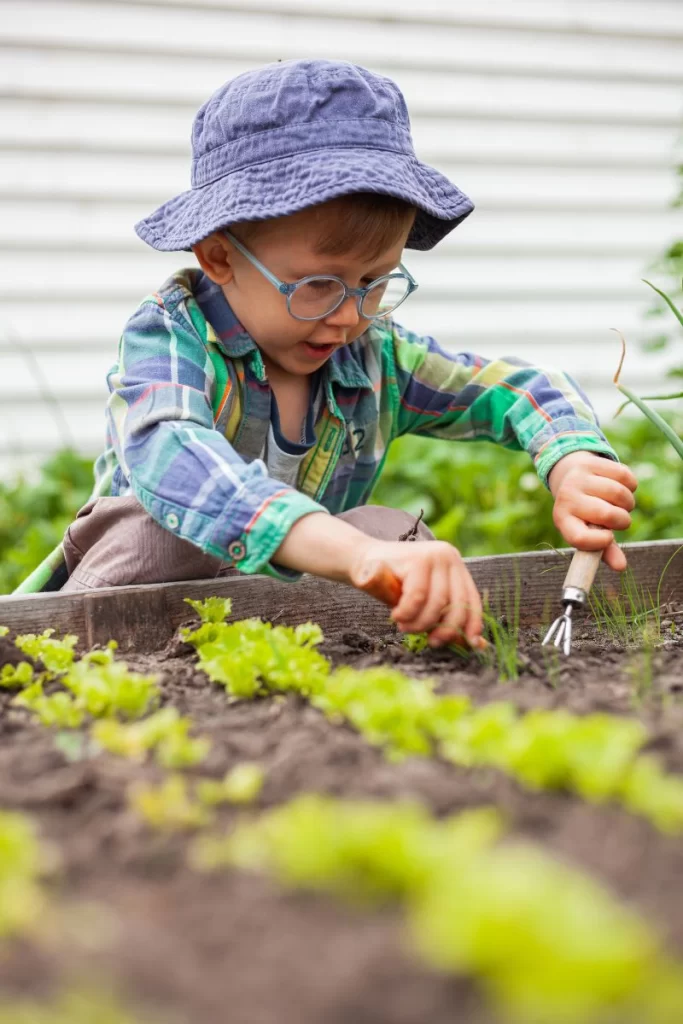
By following these tips, you can create a sustainable and productive garden that will help you to live off the grid in a tiny house.
In Conclusion, Tiny House Off Grid Living Living
In Conclusion, tiny house off-grid living is a sustainable lifestyle choice that has gained popularity in recent years. However, before embarking on this journey, it’s important to consider a few key factors. These include finding a suitable location, selecting the right appliances and systems, and ensuring that your tiny home is equipped to meet your needs. With careful planning and preparation, you can enjoy the benefits of off-grid living while minimizing your impact on the environment.
Read about tiny home housing trends here.
Read more about tiny homes and small houses here.
Benefits of tiny house living budgeting Choosing the right location Considering the shape of your home Cooking in a small kitchen cost-effective construction Decluttering and downsizing design ideas for small spaces Designing your home with efficiency Design Styles for small spaces downsizing tips family living Gardening and uses for outdoor spaces Getting organized Home footprints to maximize spaces legal considerations Making room for essential appliances minimalist lifestyle off-grid living organizing solutions psychology of small spaces storage solutions sustainable living tiny home Tiny Home costs and regulations Tiny home kitchen Tiny home kitchen backsplash tiny home living tiny house tiny house 400 sq ft tiny house 600 sq ft tiny house 800 sq ft tiny house communities tiny house community tiny house design ideas tiny house financing tiny house for sale Tiny house kitchen layout tiny house living tiny house movement tiny house on wheels tiny house organization tiny houses tiny house storage Using vertical space Getting creative with storage
For those living in tiny homes, RVs, or boats, composting toilets are a popular option. These toilets come in two designs: self-contained and central. Self-contained toilets have the entire composting system beneath the bowl and must be emptied by hand. Central toilets direct waste to a remote composter located elsewhere on the property, making them ideal for larger homes or compounds. Both designs are eco-friendly and a great option for those looking to reduce their environmental impact.
Yes, many tiny home builders offer off-grid options for those who want to live a more sustainable and self-sufficient lifestyle. These options can include solar panels, composting toilets, and rainwater collection systems. However, it’s important to do your research and make sure the builder you choose has experience with off-grid living and can provide the necessary systems and infrastructure for your needs.

